Blog
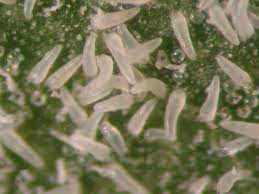
Grapevine bud mite is an important economic pest of grapevines in South Africa, Europe, Russia and Australia. If uncontrolled, losses can be as high as 56%.
Grapevine bud mite
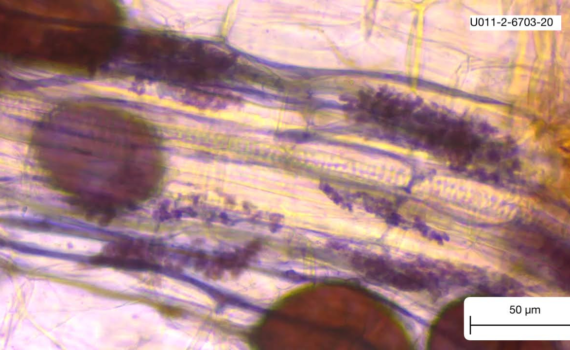
Colonisation of roots by mycorrhizae have numerous benefits.
Mycorrhizae 3
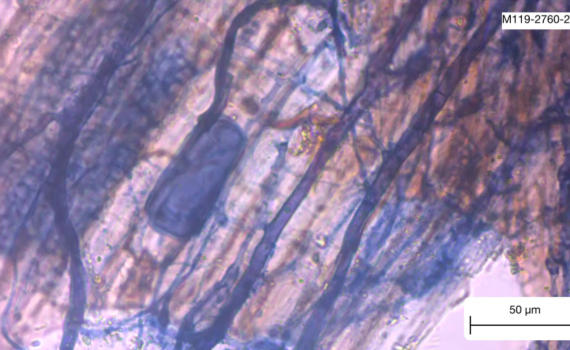
Colonisation of roots by mycorrhizae have numerous benefits.
Mycorrhizae 2
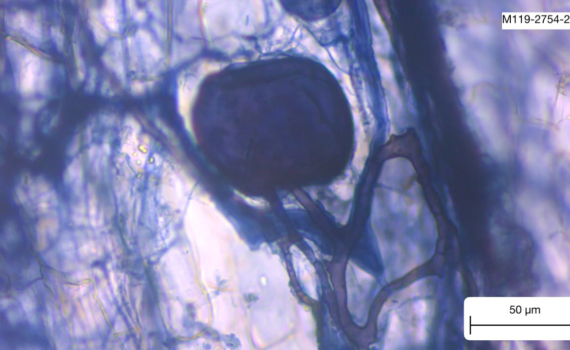
Mycorrhizae are beneficial fungi that colonize plant roots.
Mycorrhizae 1
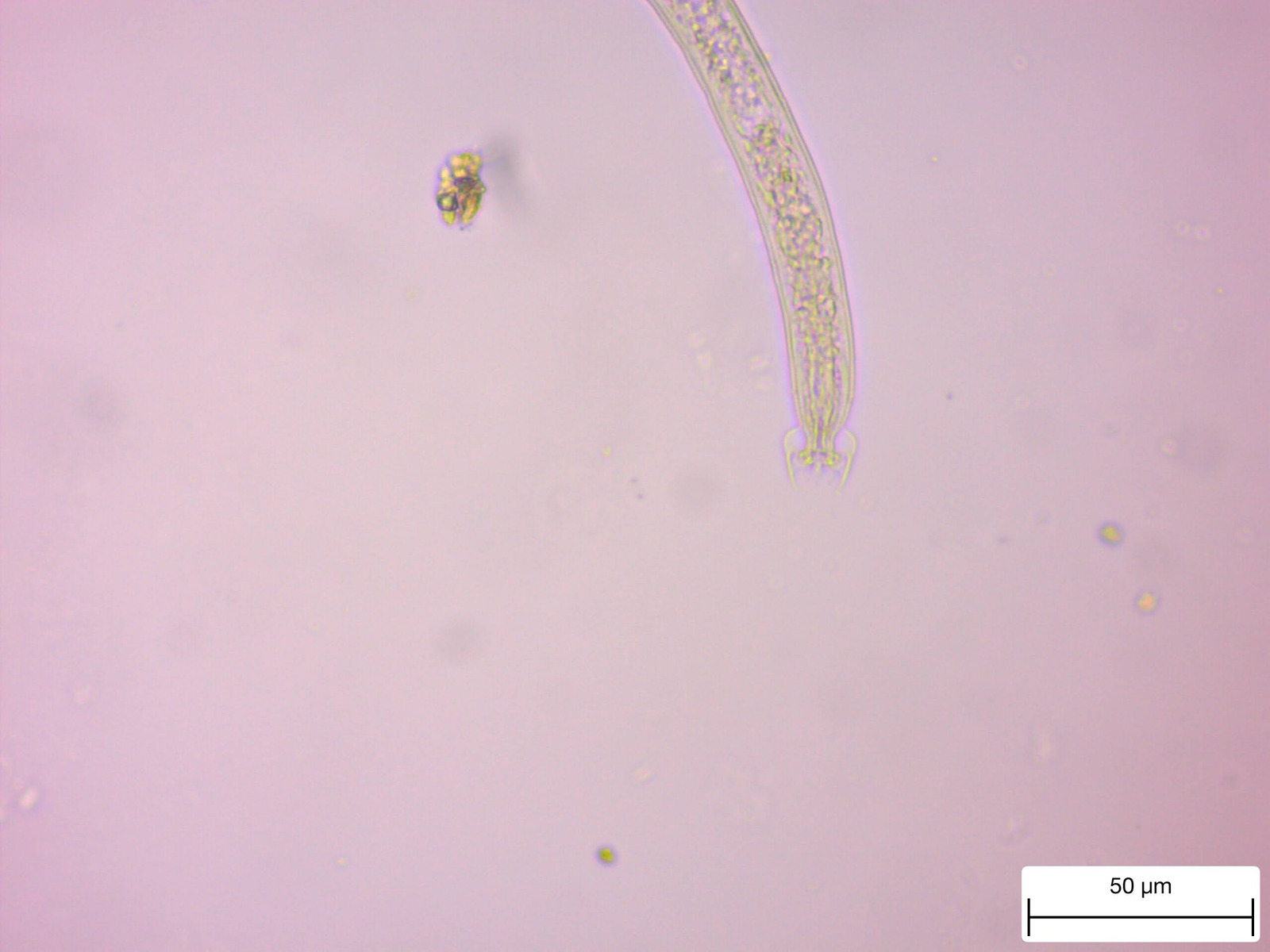
Bacterial feeding nematodes belonging to the cp-2 class.
They have a short life cycle and are indicators of soil enrichment.
Bacteriovores: Plectidae
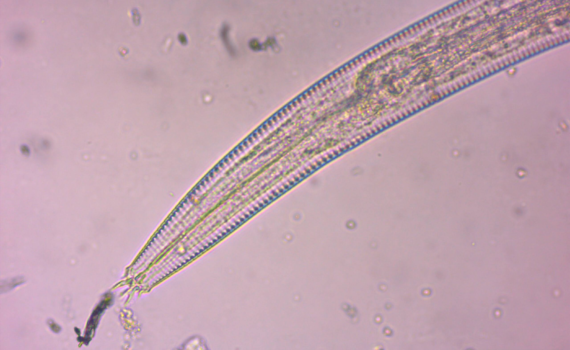
Bacterial feeding nematodes that will respond to soil enrichment.
They are however cp-2 organisms and will respond slower than cp-1 organisms like the Rhabditidae and Diplogasteridae.
Bacteriovores: Cephalobidae
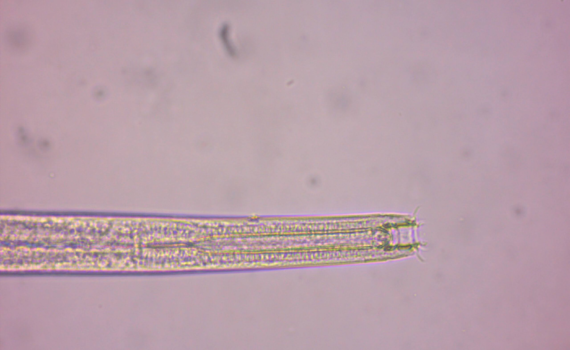
Bacterial feeding nematodes that are described as enrichment opportunists.
Similar to the "Rhabditidae", will respond first to enrichment.
Bacteriovores: Diplogasteridae
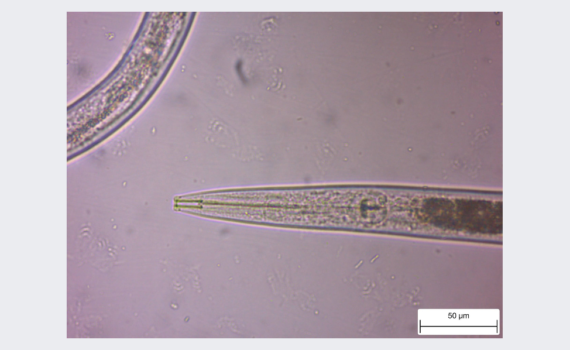
Bacterial feeding nematodes that are one of the first to respond to a food source.
Bacteriovores: Rhabditidae
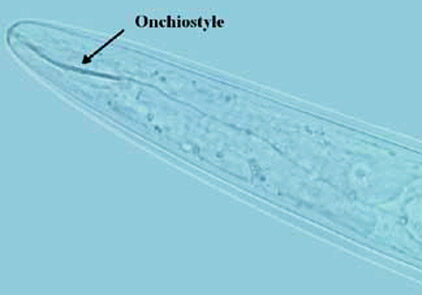
Not a common nematode but when present, it can cause devastating damage, even at very low numbers . It is very patchy and is usually found in a coarse, sandy soil.

